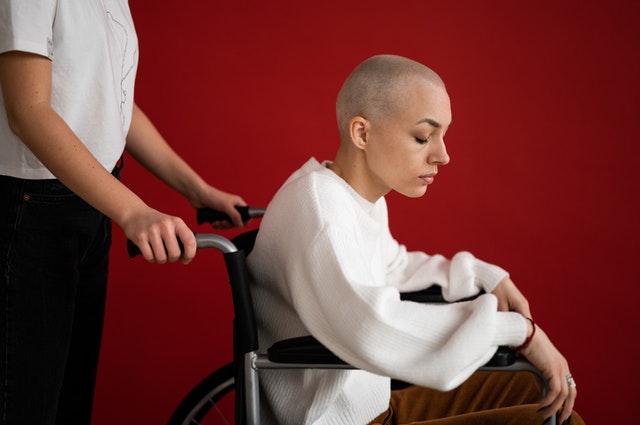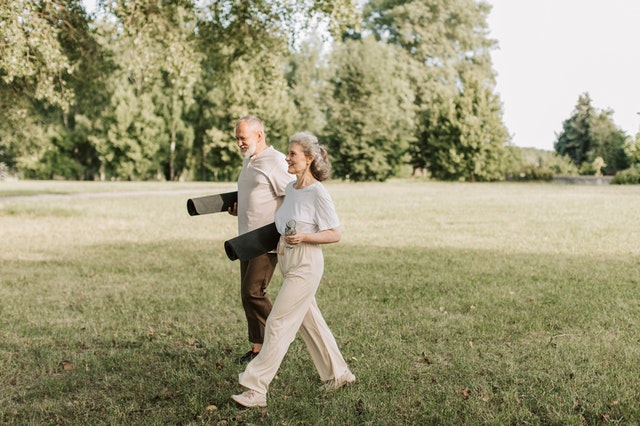
Cancer patients need to stay active. During both cancer treatment and remission, staying active can boost both mental and physical health as well as improve overall quality of life — but what are the best ways to work physical activity into one’s daily routine?
Whether you’re going through treatment or you’re in remission, it can feel unbearable to stay active. You’re not only experiencing side effects of treatment (or lingering effects if you’re in remission), you are also experiencing the exhaustion that comes with the diagnosis of cancer in the first place. Despite the challenges you face, it is critical to get some form of regular exercise.
In the U.S., exercise regimens are being encouraged to combat rising body mass indexes for all, but the importance of staying active has been increasingly recognized as essential to cancer patients as well. During both cancer treatment and remission, staying active can boost both mental and physical health, as well as improve overall quality of life.
The Basics
Cancer patients and survivors often experience symptoms such as fatigue, nausea and chronic pain. These symptoms can make the idea of physical activity daunting, and the perceived time and energy investment may also cause those who would otherwise exercise to shy away. In reality, light to moderate exercise can boost both mental and physical health, as well reduce these symptoms that discourage physical activity. In a study from the Cochrane Gynaecological, Neuro-oncology & Orphan Cancer Group, a significant number of participants who performed light to moderate endurance or recreational activities over 12 weeks experienced a significant reduction in tiredness, along with improvements in health-related quality of life, emotional well-being and quality of sleep.
Getting Started
Cancer patients and survivors can realize significant benefits from engaging in light to moderate endurance and recreational activity for just 20 minutes a day. The American Cancer Society suggests that patients who remain active over time may experience fewer, less intense symptoms associated with cancer, and may be less likely to experience cancer recurrences. Setting goals and participating in enjoyable activities such as walking, swimming and group exercise create the greatest potential for success. For ideas on how to stay active, talk to your primary care physician or consult with a physical therapist to find the best fit for your needs.
Taking Action
Start small, and, over time, increase the frequency or duration of the activity. Increasing activity by small increments is one of the most effective ways to develop a good habit, such as maintaining an active lifestyle, according to the American Psychological Association. You can begin by writing down a few small goals, such as walking around the block on designated days. Walking 20 minutes around the neighborhood in the morning or during lunch is an easy and effective way to start. Setting a timer to stretch for two minutes a couple of times a day can help those who have difficulty with mobility.
Joining a gym or fitness group is also an excellent choice for staying active. The social aspect of group classes such as yoga or pilates can alleviate the social isolation that, according to the Simms/Mann UCLA Center for Integrative Oncology, is often experienced by cancer patients and survivors. Additionally, by joining a gym you have access to an array of different types of exercise, and you are part of a community. By telling fellow exercise partners about your activity goals provides additional accountability to help you follow through.
Final Thoughts
It is worth noting that patients who add variety or find their exercise regimens to be enjoyable are more likely to stay active in the long run. But be sure to check in with your healthcare team to discuss a new exercise routine before you begin. Your doctors will have a better sense of the physical strains of your treatment regime, and workouts that are too rigorous can be more damaging than beneficial.
BLOG AUTHOR
Dr. Naheed Ali MD, PhD
Dr. Ali is a freelance health and wellness writer. Visit him at HealthcarePropulsion.com.




0 Comments